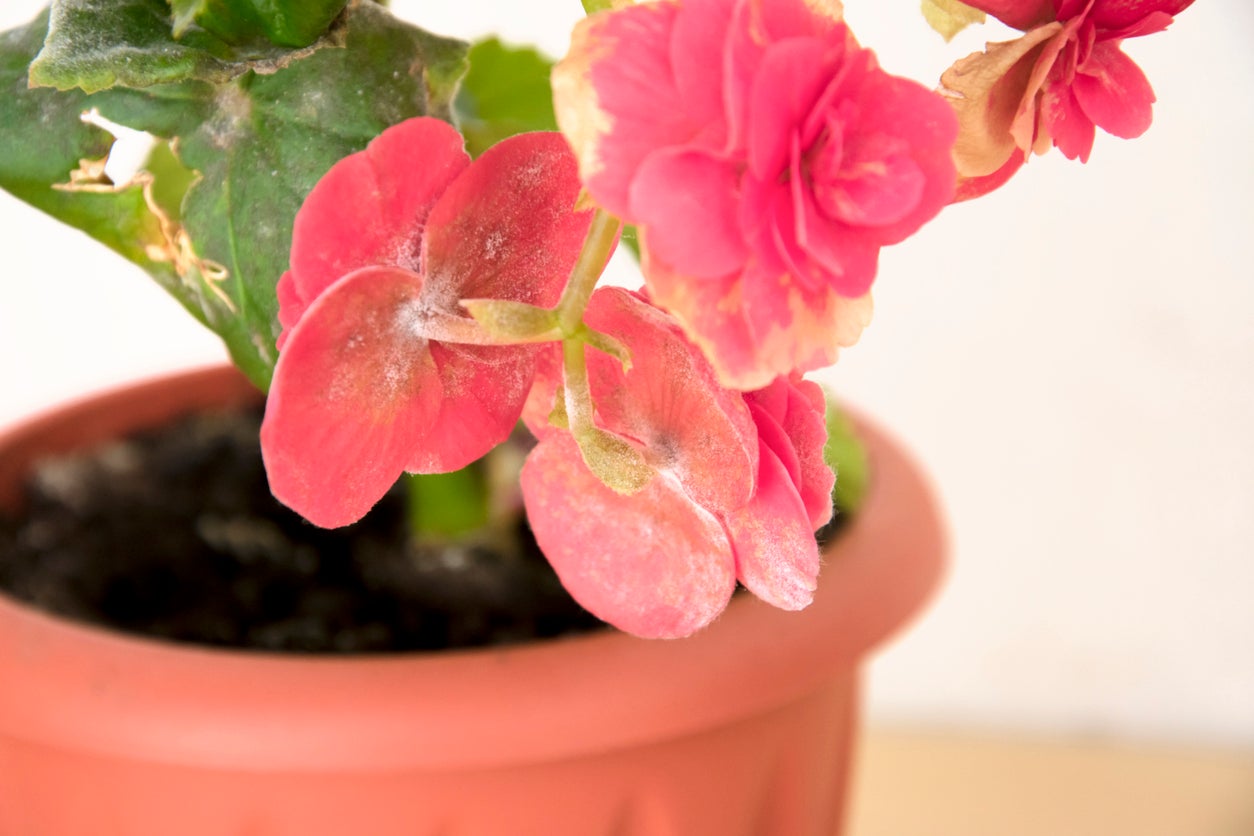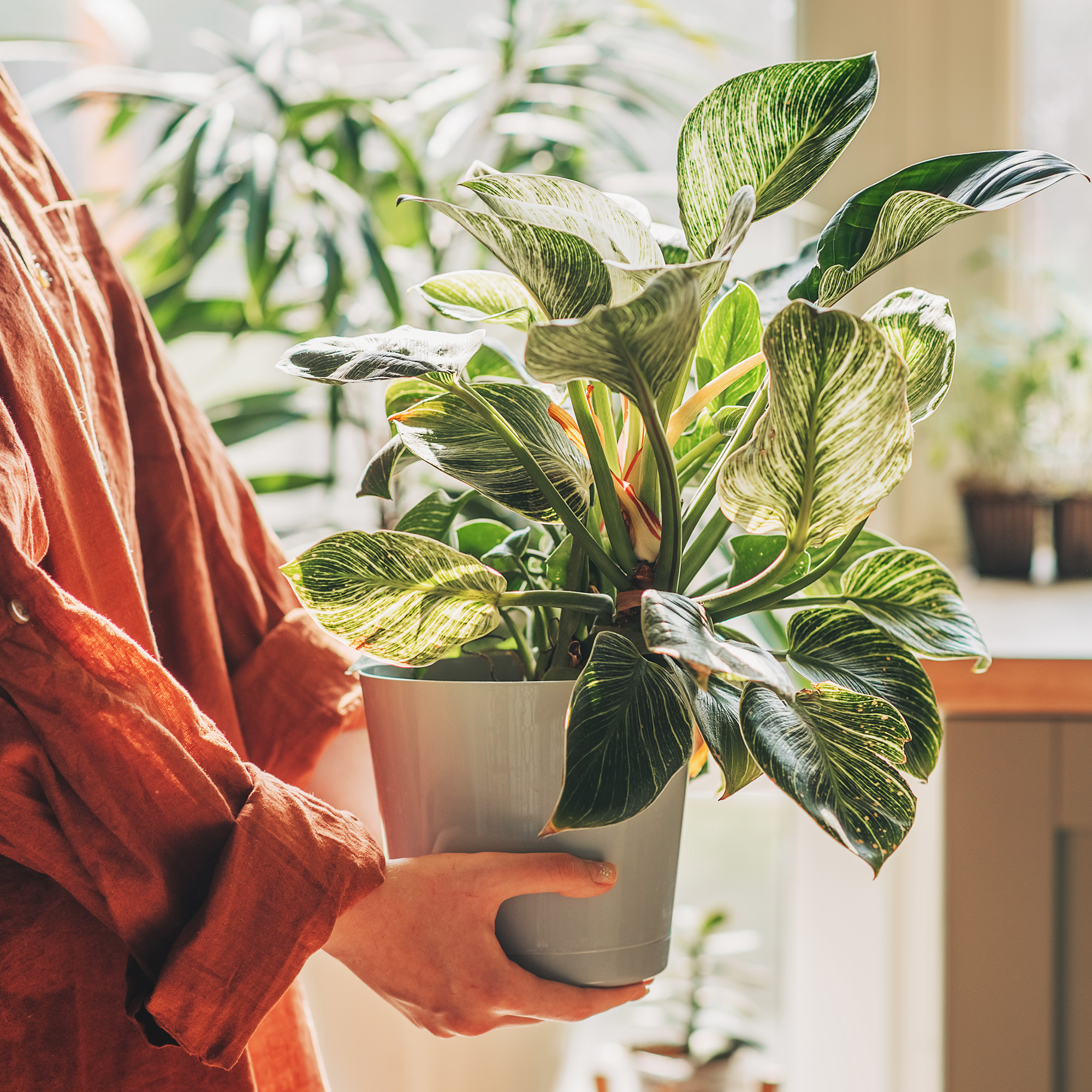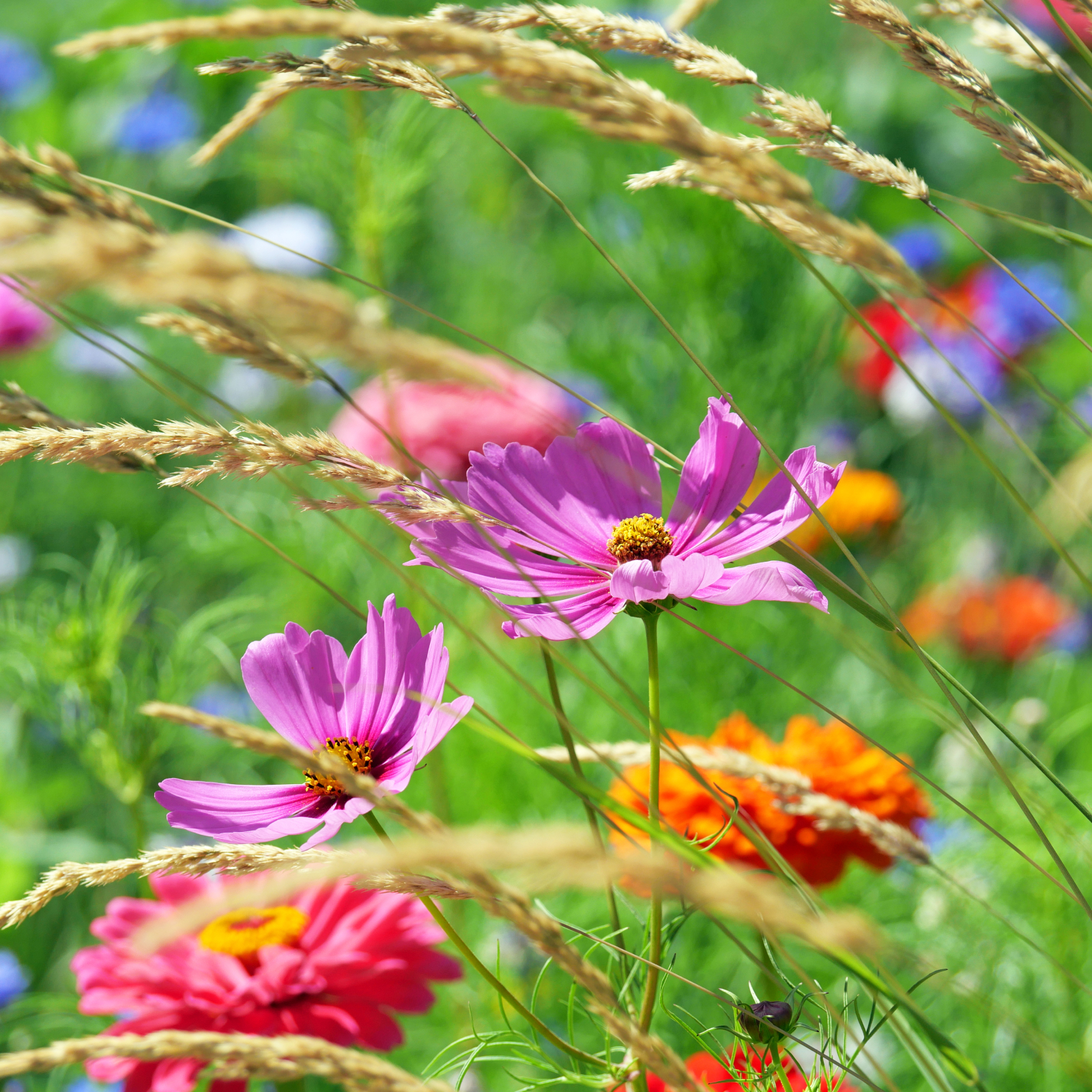Begonia Powdery Mildew Control – How To Treat Begonia Powdery Mildew


Begonias are among the most popular of all annual flowers. They come in a variety of types and colors, they tolerate shade, they produce both pretty blooms and attractive foliage, and they won’t be eaten by deer. Caring for begonias is pretty easy if you give them the right conditions, but watch out for signs of powdery mildew and know how to prevent and manage this disease.
Identifying Powdery Mildew on Begonias
Powdery mildew is a fungal infection. Begonias with powdery mildew are infected by Odium begoniae. This species of fungus only infects begonias, but it will spread readily between begonia plants.
A begonia with powdery mildew will have white, powdery or thread-like growths on the top surface of leaves. The fungus may additionally cover stems or flowers. The fungus feeds from the leaf cells, and needs the plant to survive. For this reason, the infection does not kill plants, but it may cause poor growth if it becomes severe.
Begonia Powdery Mildew Control
Unlike other fungal infections, powdery mildew does not require moisture or high humidity to grow and spread. It spreads when wind or other action physically moves the threads or powder from one plant to the next.
Giving plants adequate space and quickly destroying any diseased leaves can help control infections. If you see powdery mildew on begonia leaves, wet them to prevent spread and then remove and dispose of them.
How to Treat Begonia Powdery Mildew
Powdery mildew fungus thrives optimally at around 70 degrees Fahrenheit (21 Celsius). Hot temperatures will kill the fungus. Changes in humidity can trigger the release of spores. So, if you can move affected begonias to a location where they will be warm and the humidity is stable, like a greenhouse, you may be able to kill the fungus and save the plants.
Treating begonia powdery mildew can also be done with chemical and biological agents. There are several fungicides that will kill the powdery mildew that infects begonias. Check with your local nursery or extension office to find a good option for a fungicide or a biological control.
Gardening tips, videos, info and more delivered right to your inbox!
Sign up for the Gardening Know How newsletter today and receive a free copy of our e-book "How to Grow Delicious Tomatoes".

Mary Ellen Ellis has been gardening for over 20 years. With degrees in Chemistry and Biology, Mary Ellen's specialties are flowers, native plants, and herbs.
-
 Have You Tried The Shadow Test For Houseplants? This Expert Light Trick Reveals Exactly Where Plants Will Thrive
Have You Tried The Shadow Test For Houseplants? This Expert Light Trick Reveals Exactly Where Plants Will ThriveThe Shadow Test is a horticulturist's trick that will help you work out the light levels in every room and ensure your houseplants are perfectly positioned.
-
 10 Easy, Breezy Meadow Flowers & Grasses For A Magnificent Low-Maintenance Landscape
10 Easy, Breezy Meadow Flowers & Grasses For A Magnificent Low-Maintenance LandscapeChoosing the right meadow flowers and grasses will help you create the luxurious garden of your dreams. Explore some of my favorites.